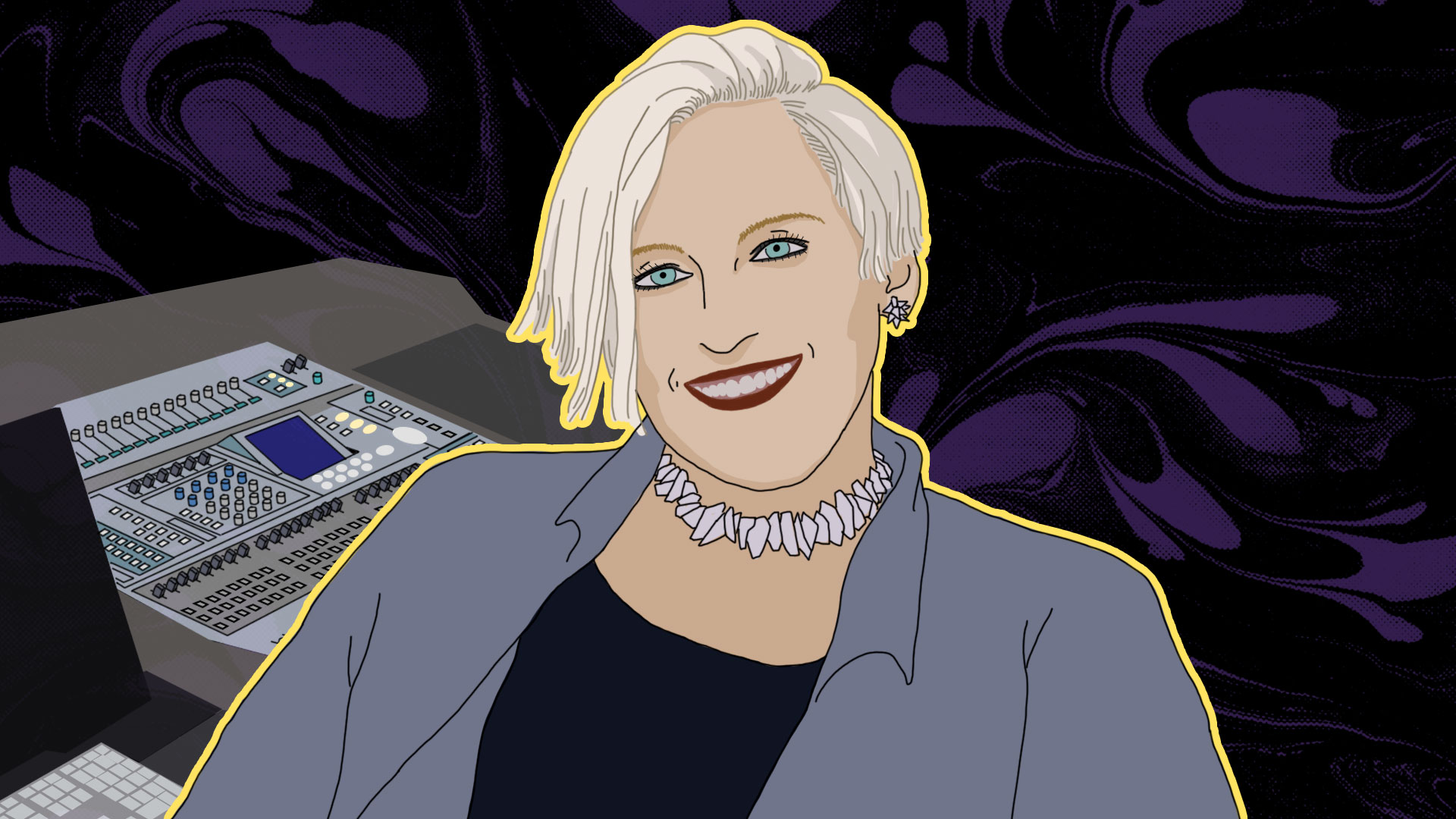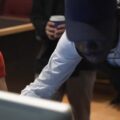What does a mastering engineer do behind the console? It can sometimes seem abstract and metaphysical. The artist who brings their project to this ultimate stage wants their soundscape, whether ethereal, nervous, heavy or sensitive, to be amplified and refined through the hands (and ears) of the engineer. Some engineers are sought after because they’ve brought their particular touch to established albums. This is the case of mastering engineer Mandy Parnell, a SAE institute graduate who has managed to climb the ranks and place herself among the greats. With emotional intent, she’s polished albums by Bjork, Aphex Twin, The White Stripes, Jamie XX, Sigur Rós, Shura, and many others to make them shine. In mastering, you want an album to sound good, but according to Parnell, the most important thing is to release the emotions.
The Master’s Trick
As you can read in our article “What is mastering?”, mastering is used to ensure that the audio quality is the same whatever the system, and that each unique piece of an album is consistent with its whole. The various methods used can range from the application of EQ, compression (parallel, dynamic), the use of limiters, or the addition of harmonics, for example. When mixing, the engineer must make adjustments to the overall tone of a project, as opposed to its elements.
According to Mandy Parnell, mastering isn’t just about turning knobs to make the material sound different. It’s not just about having the right equipment either. For her, objectivity is primary: engineers are the last people on the production line. It can be difficult for artists who have worked for years on an album to be entirely objective, as they remain emotionally attached to the project. So one of the engineer’s tasks is to stay objective and to have that difficult conversation with the artist when something goes wrong. The discussion should also include feedback and an external perspective on the project, whether it’s related to concept or art direction. We need to compare it with other projects in the same genre to try to figure out how to get it into the world, and discuss how to optimize the sound for the format in which it will be launched. “We have to make sure the music fits in the sonic box for that genre; otherwise the audience won’t understand it,” she argues in an interview with Shure.
Having mastered mastering in the analog era, Parnell explains in an interview with Sound on Sound Magazine that she finds the tool easier on the senses, since there’s no digital visual in the way of hearing. She also mentions that she has learned to work with her ears, and they are still her best tool. It takes years of training to become a good mastering engineer with good critical listening skills, musical culture, and knowledge of pitch and phase problems. It’s for these reasons, among others, that her trainees don’t touch any knobs in their first year with her.
Mandy mastered Björk’s Vulnicura album and also worked on her virtual reality and application projects.
Listen for the Feeling
Looking for something that will catch her ear, the engineer begins her mastering session by listening to the project as many would do at home: in the background. She may be walking or doing something in the room, for example. She lets herself be guided by the artistic direction, the overall vision of the project, and what the artist seems to want. She then listens to her body and the emotions that may emanate. “If something feels uncomfortable during that first listen, or if any emotions come up, I’ll make a note. Sometimes when you’re listening, your body reacts. It’s important for me to note those reactions,” she recounts in her interview with Shure.
When all the notes and sensations are gathered, it’s time for mastering. She starts with the gain structure and listens to it with the flat frequency curve. She then decides what processing to apply: usually, the audio stream will pass minimally through analog equipment, a few other gain structures (sometimes 8 levels), and transformers to create a slight distortion.
The Engineer’s Curiosity: Experimentation and Technology
Mandy spent her early years as an engineer in the editing room at London’s Exchange studio, where, using a Sony DAE 3000, she spent days editing material for artists such as Prodigy, Basement Jaxx, Chemical Brothers, and Fatboy Slim in their company.
She later built a temporary studio in her home to give her more time while she looked for a new home. Black Saloon Studios officially came into life after Parnell had used the space for a variety of sonic explorations. She says that at the time she was “doing quite a crazy journey into theory of mastering“, exploring theories of sound, gain structures, signal flow, digital audio, and file formats. She also tested a lot of equipment, collaborating with Mastered for Itunes (MFit) and MQA. All to get the best sound and present the desired emotion in these different formats.
Calling herself a “geek” of all things audio and electronic, she believes that we should not forget why audio interested us in the first place: novelty, technology, curiosity, and openness. Questioning, updating, and experimenting must be part of the equation as a mastering engineer.
The converter, playback and recording systems are the most important pieces of equipment for her. They are the ones that allow (or not) her to have control over the sound. She relies on converters that are as neutral as possible, to have control over the colors she chooses to add. Although she maintains that engineers generally all try to be as neutral and objective as possible, she asserts that most have a sound flavor for which they are sought after. As for her, when she’s asked to add her touch, it’s for space and groove.
Stopping the Boys Club
The mastering artist pursued her passion even though, at the time, few programs were offered in audio. She had to work twice as hard to make her mark in this still male-dominated field (in 2021, 7.7% of studio mastering engineers were women). She has made this her main battle, today accompanying young female engineers to the four corners of the globe. In an interview with The Guardian, the 2015, 2017 and 2019 Mastering Engineer of the Year award winner states: “we have to get young women over the fear.Look! I’ve been there, done it – if you get any sexist problems, come talk to me. You can do this!”
Written by Caroline Boivin
Illustration by Yihong Guo






















